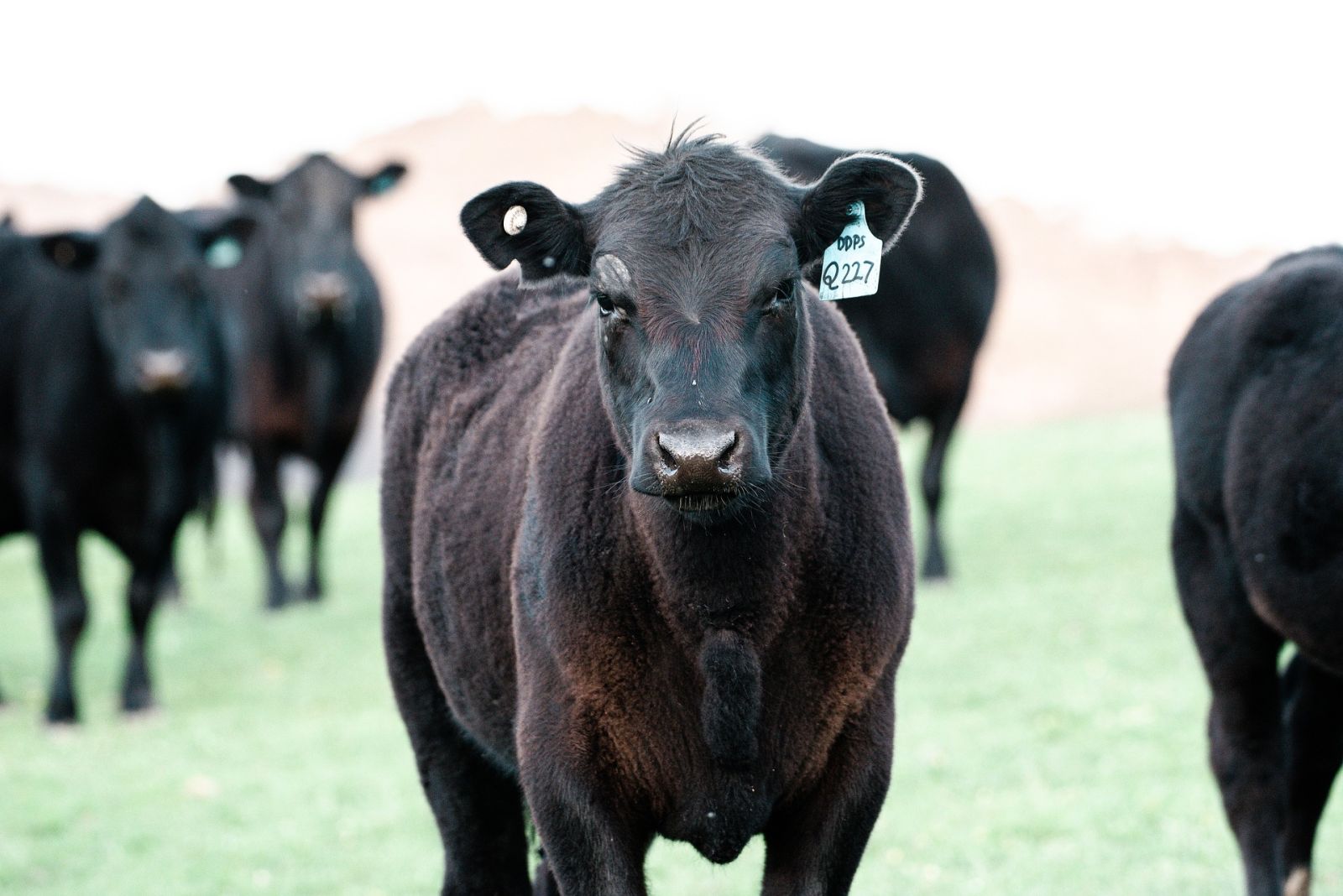Shootin' the Bull about no shortage of beef

“Shootin’ The Bull”
End of Day Market Recap
by Christopher Swift
9/16/2024
Live Cattle:
Today's price action looked like a normal day of conducting business. Fats were soft, but feeders were firm, suggesting not much taking place on the finished side, but still needing cattle for the future. Direction of price is difficult to foresee at the moment as there is seemingly a lull taking place. That being, ample cattle on feed, at elevated weights with further exploration of the beef/dairy cross, and most likely an unlimited supply of trimmings from Australia, New Zealand, and multiple countries in South America. When combined with expectations of consumer contraction in spending, it makes being bullish difficult. To throw a kink in the situation, the current consumer seems to be contracting, but still spending at a level that is keeping beef prices elevated. So, there is no shortage of beef or beef production through the end of this year and into '25, with consumer demand the difficult question to answer.
The cattle feeders issue at hand is owning the most expensive feeder cattle in history on feed at the moment. With losses already over $200.00 per head, and nowhere near the highest priced steer finished yet, keeping those losses from moving above $400.00 per head seems to be the goal. With the loss of futures traders, once willing to provide you with premium to market into, cattle feeders will have to manage how much of a loss they can take, all the while attempting to let the market trade higher that could allow for a reduction of losses.
Of benefit to the cattle feeder is the positive basis of feeder cattle. While not nearly as advantageous as last week, the discount of spring feeder cattle to the index is a stark reversal from the past two years of inability to buy inventory in the future at a discount.
Feeder Cattle:
Normal conductivity of business appears to be on tap for feeder cattle. The fall run, and delivery of summer video cattle, will most likely keep lots full into next year. August may be a lower placement month as not as much inventory sold in August of this year as last. The heavy pull on Mexican and Canadian cattle is expected to slow going forward. The remainder of this year, and well into next, will be deciphering any clues towards expansion, or noticeably lower numbers of live inventory from outside the US. Cattle feeders have an advantage of being able to buy inventory for less in the future than at present. When considering the losses going to be assumed from paying too much, maybe consider paying less for them? Remember, this is not about being right or wrong, or whether prices go higher or lower, it is marketing and procuring inventory in a manner that manages the inherent risk that you can live with the consequences of. How do you like your current circumstance? Are the consequences of your actions comparable to what you are experiencing in your profit/loss margins?
What to do next. If you need to market inventory, then when the basis reaches a width in which you can create a fence options hedge, that you can live with the consequences of, place that hedge. If you need to procure inventory, then were basis to widen out to a positive $20.00 plus to any spring month, place that hedge. Although the backgrounder is the biggest loser in the basis, the cattle feeder now has some opportunity that had been exceptionally beneficial to the backgrounder.
Hogs:
Hogs were higher with basis being converged. The lean hog index was down $.48 today at $84.87. Traders are expected to continue to narrow the basis spreads.
Corn:
Corn, beans and wheat were all lower. Although I don't expect much for corn, I think the beans have an opportunity to benefit from any drought related issues in South America. Corn may have well produced a range for which it could expire within. Beans though are going to be more susceptible towards SA drought than corn. Although that would be an issue going forward were it to strengthen. My analysis suggests wheat has turned a corner. A retracement back towards the $6.00 level for Chicago July and or $5.90 KC July wheat will be viewed as a buying opportunity. I will be tracking wheat more closely, with moisture now starting to appear as an issue with this years winter wheat seedings.
Energy:
Energy moved higher again today. This is 4 days in a row higher from the low made last week. I continue to expect energy to trade lower and believe this correction to be near completion.
Bonds:
Bonds continue to move higher with the expectations of at least a quarter point drop and maybe a slim chance for a half. Although I do expect bonds to move higher, I am also prepared for a buy the rumor sell the fact type of outcome.
This is intended to be or is in the nature of a solicitation. An investment in futures contracts is speculative, involves a high degree of risk and is suitable only for persons who can assume the risk of loss in excess of the margin deposits. You should carefully consider whether futures trading is appropriate for you in light of your investment experience, trading objectives, financial resources and other relevant circumstances. PAST PERFORMANCE IS NOT NECESSARILY INDICATIVE OF FUTURE RESULTS.
On the date of publication, Chris Swift did not have (either directly or indirectly) positions in any of the securities mentioned in this article. All information and data in this article is solely for informational purposes. For more information please view the Barchart Disclosure Policy here.
